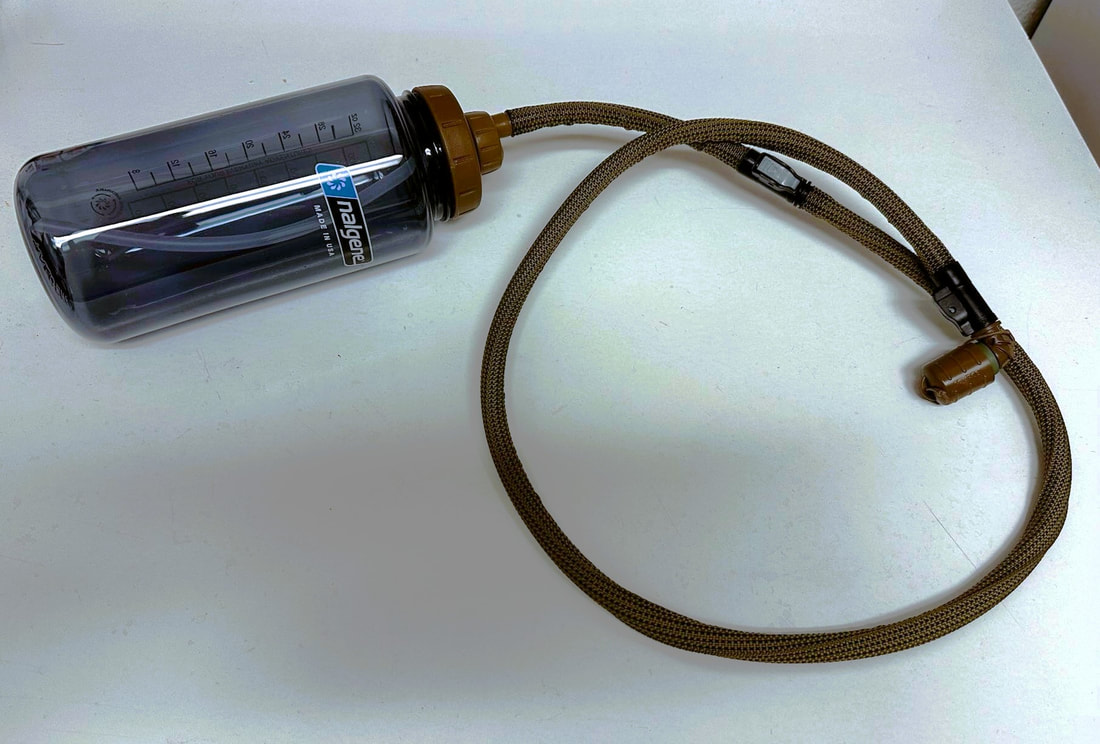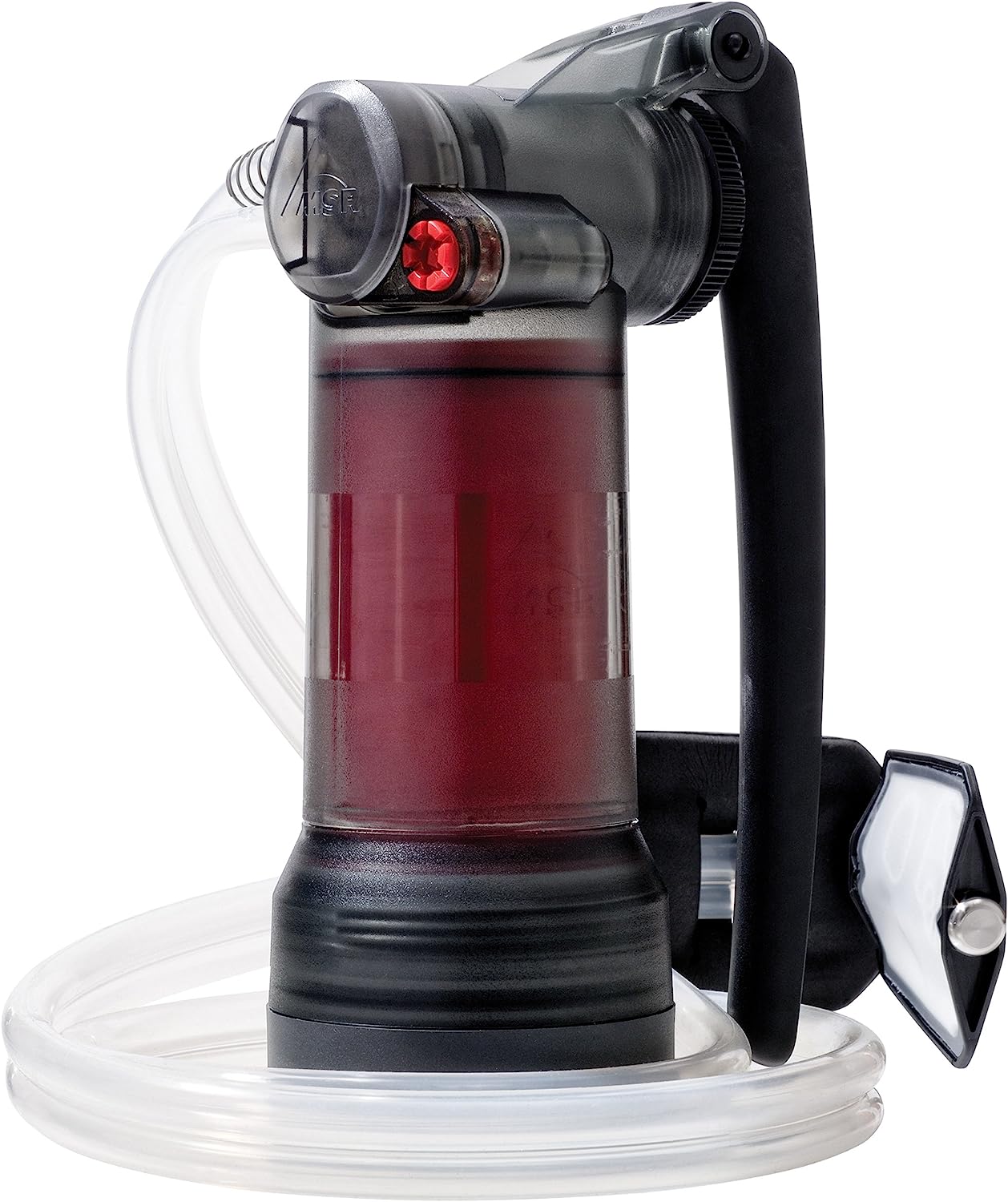Note: this an adaptation from my non-fiction book Poor Man’s Air Force: A guide to how small drones might be used in domestic unrest or low intensity conflicts, available on Amazon.
In the above tweet/video, a solider is sitting beneath a tent/shelter in an open network of trenches. The trenches appear to be well-camouflaged below the horizontal line of sight against a ground observer, but this isn’t 1901 and the drone threat in Ukraine has been obvious for well over a year. What we see is (probably) a quadcopter spotting for a loitering munition (think of a small cruise missile), which then flies a terminal mission right into the shelter.
As I said in my article “Lessons from the Drone War in Ukraine,” situational awareness is the key to staying alive. “Up” has to be considered a threat direction. Russian troops exhibit continual failures to take the drone threat seriously by neglecting to post air guards and properly camouflaging their positions. Something does seem odd about how much the shelter and solider stands out, so I will speculate that this may have been agitprop or a dummy position. Who knows? But let’s take it at face value for the lessons that can be learned. In short, air guards, camouflage, and overhead protection is mandatory in a UAS (unmanned aerial systems) environment. Open defensive works like trenches are horribly obvious to aerial observation. The lighter, tan earth clashes with the green of the ground cover or the darker topsoil in winter or of plowed fields. The size of the network also makes it easier for the enemy to locate them from the air. Once located, the actual fighting positions and men inside are easy to locate. Remember that drones can loiter lower, slower, and more persistently than a helicopter can. Even if the men have removed themselves to natural concealment outside the network, a patient hunter-killer drone could search those hidden men out and drop a grenade on them. Frankly, I’d like to see the data on UAS attacks vs. conventional artillery and ground attacks to see if the risk of old fashioned trenches is worth the risk of such exposure. Positions should be sited in deep shadow, beneath tall tree canopies, and deep in undergrowth. Out in the open just makes the excavation easier to see. Space positions and any objects in an unpredictable, irregular pattern. Vary the spacing, alignment, and coverage so obvious patterns are not created that may draw the eye. The foxholes and bunkers in the videos are well-protected from long-range small arms fire and moderately protected from artillery fire. However, they offer no overhead protection and are poorly camouflaged. There are three factors at work: 1, the position is open to allowing a munition in; 2, the blast protection is inadequate; and 3, the camouflage is inadequate. Trenches are a thing of the past. They are way too obvious and are easily spotted from the air. Their size makes effective camouflage difficult. Likewise, fixed fighting positions are equally vulnerable, though probably safer than a trench network if the position is small, well concealed, and camouflaged properly. Cover trenches, foxholes, and other positions with camouflage netting at a minimum. If hard cover (sandbags, earth) can’t be used, use blankets or other suitable materials to create a thermal blanket beneath the visual camouflage layer. Use camouflage tarps with low-shine and cover them with either “cabbage patch” type netting or cut foliage. If using cut vegetation, ensure that it is replaced as soon as it begins to wilt or brown. Place it as naturally as possible as if it grew there but even tree boughs laid across a hole is better than nothing. Vegetation should not be cut so much that it is conspicuously absent, or the signs of cutting are obvious. Shelters need to be dugout for both camouflage (especially in winter) and overhead protection from air-dropped grenades and bombs whenever possible. Camouflage or hide both interior portions (sandbags, walls, etc.) of the sides and bottom of any trench, foxhole, or other excavation including the bottom. Shoring or wattle is distinctive and the color of the soil contrasts with the ground surface. If using an earthen cover, carefully blend the dirt or replace the sod so the ground does not appear to be freshly disturbed. Plastic sandbags are known to shine in sunlight and need to be covered with earth or mud. Burlap sandbags should be used instead. Remove spoil from the area or disperse it thoroughly. To be effective, overhead cover has to be able to withstand a warhead impacting directly. This means thick enough to absorb a blast, able to support the weight of the overburden, and strong enough to not collapse when there is an explosion. The roof needs to be stout enough to support several feet of earth or sandbags. The standard should be for protection against mortars and grenades. US Army field manual FM 5-15 is obsolete but still offers good advice on how to build sturdy fighting positions. FM 5-15 recommends a minimum of 18” (15-20cm) of logs, sandbags, rock, and dirt for overhead protection. 6” (10-15cm) logs are recommended with a 1ft (30cm) overlap on each side of the excavation. This will support 1-1.5ft (30-14cm) over overhead earthen cover. Stabilization and supports may be needed. It notes that this will not protect against direct hits against mortars or artillery, which could be analogous to loitering munitions versus dropped grenades. I don’t have access to the terminal velocity of a conventionally fired mortar bomb to compare it to the velocity of a drone-dropped mortar bomb, but I’d gather a merely falling, versus a fired bomb, would have less penetrative ability. Vertical openings to the sky are dangerous; horizontal ones to the ground less so, although an explosive detonated just outside the opening can send shrapnel inside. “Bomber” drones are accurate enough, owing mostly to their ability to precisely position themselves, to drop explosives down chimneys. Chimneys must not be open to the sky and if they are, should have some sort of grate to eliminate the possibility of anything being dropped in. Entrances need to have barriers in front of them. An open excavation allows the grenade to drop right in. Blast-resistant overhead cover is needed for fighting positions and blast deflectors or 90° angles are needed at horizonal entrances. Proper camouflage clothing that blends in with the ground from an aerial perspective is needed. Vertical camouflage must change to reflect the same attitude as for horizontal camouflage. Positions should not be detectable above an altitude of the treeline (ex. 50 feet/15m). When winter comes and deciduous trees drop their leaves, concealment and camouflage must be adjusted to compensate for the lack of a tree canopy.
Note: this an adaptation from my non-fiction book Poor Man’s Air Force: A guide to how small drones might be used in domestic unrest or low intensity conflicts, available on Amazon.
Comments are closed.
|
Author Don ShiftDon Shift is a veteran of the Ventura County Sheriff's Office and avid fan of post-apocalyptic literature and film who has pushed a black and white for a mile or two. He is a student of disasters, history, and current events. Archives
May 2024
Categories
All
As an Amazon Associate I earn from qualifying purchases.
|


 RSS Feed
RSS Feed






